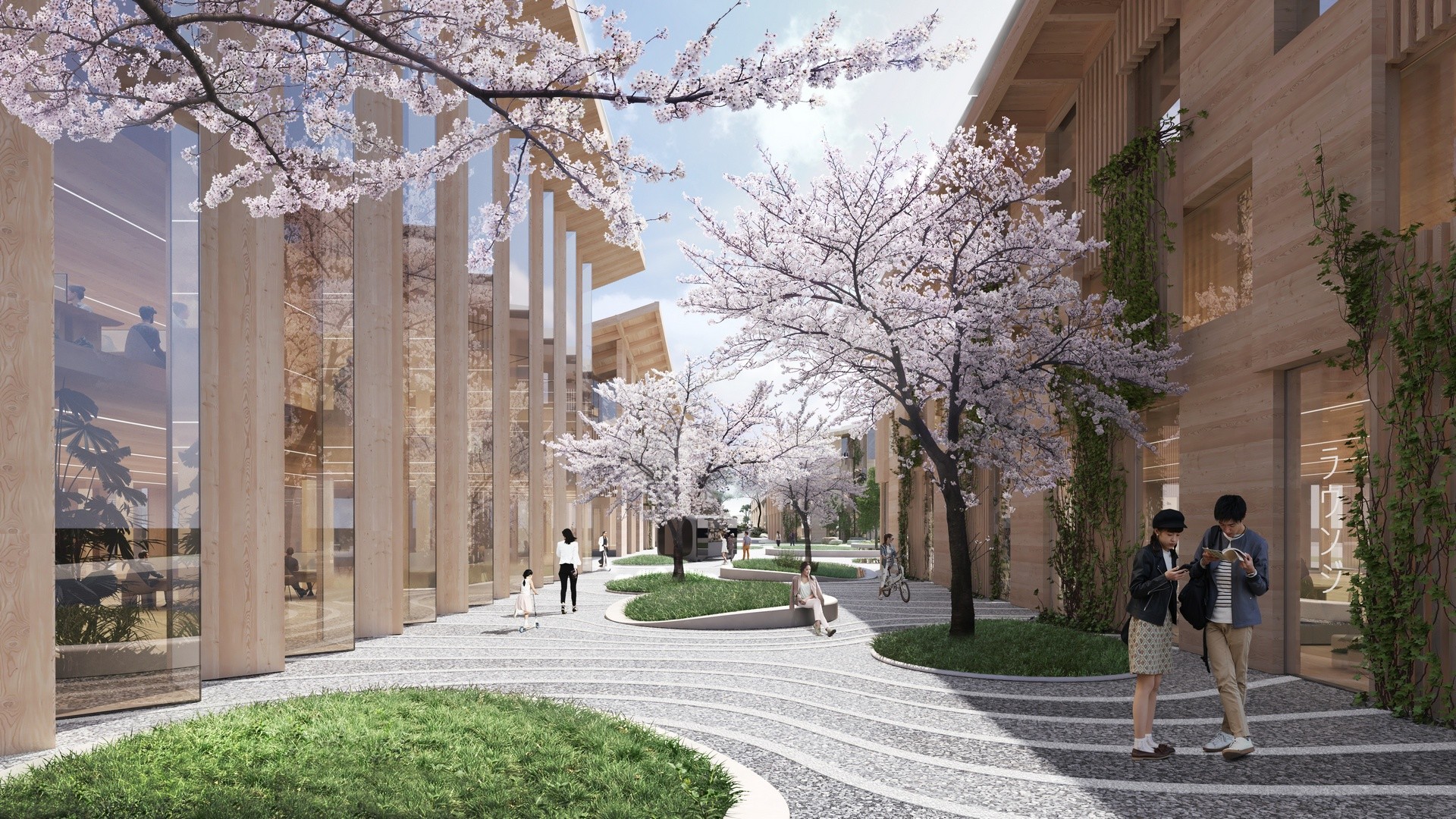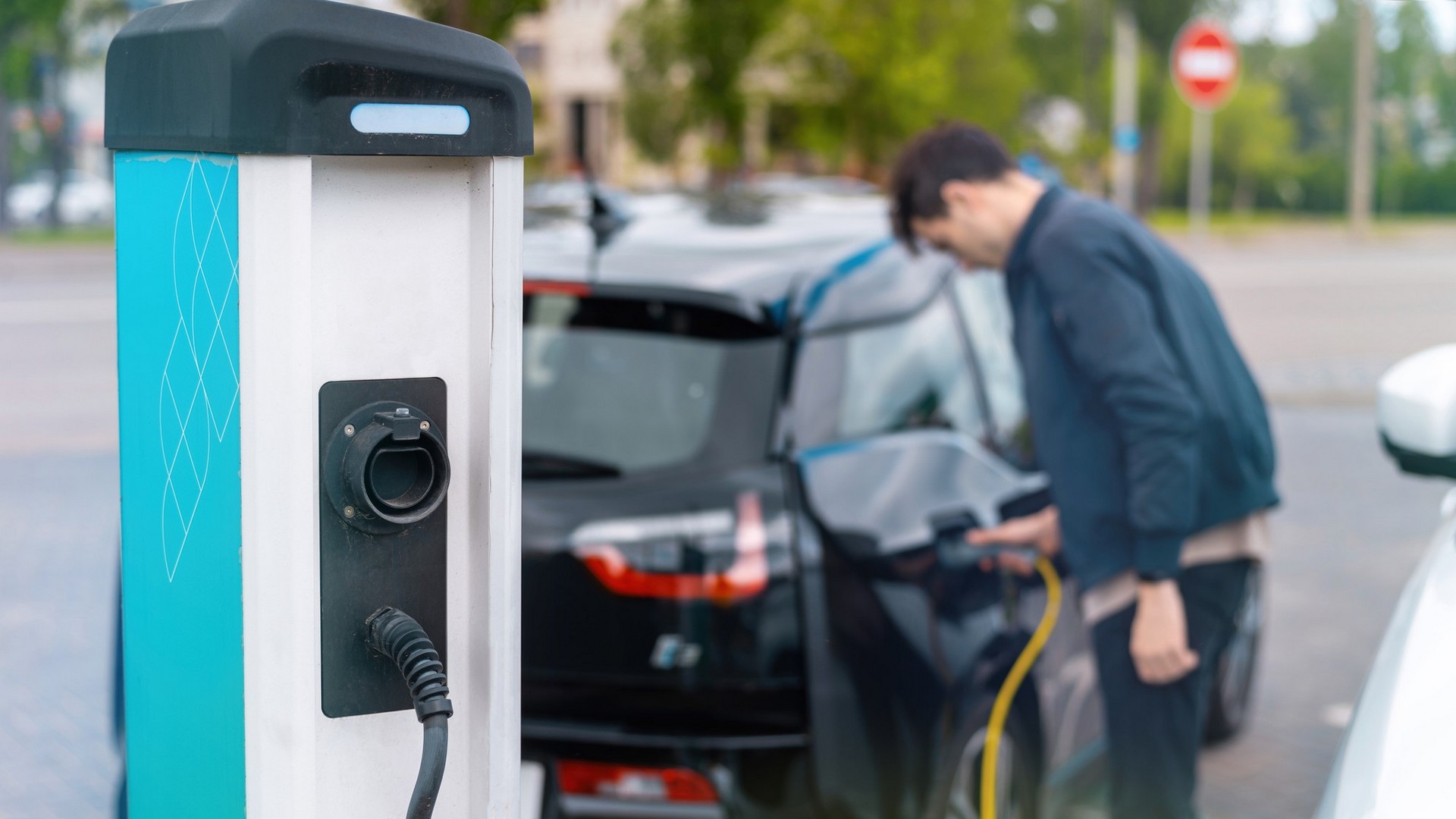This article was originally published by the World Resources Institute. It has been updated and republished here with permission. Written by Hanwen Zhang, Meghna Ray and Jen Shin.
What does it take for cities to create a true systems change that creates a holistic, positive shift of the entire urban system? Finding and celebrating examples of this feat is at the heart of the WRI Ross Center Prize for Cities.
Since 2018, WRI has received more than 900 submissions to the Prize, selected 20 finalists and awarded four $250,000 grand prizes to projects demonstrating transformative impacts.
Recently, WRI checked in with three former finalists to see how their sustainable transportation projects have endured. From low-emission zones to bus rapid transit and school safety initiatives, their experiences show how cities can reimagine mobility to cut emissions and improve lives.
Equality in Safety: SARSAI
Road crashes are the leading cause of death among young people in Africa, derailing life and imposing high economic costs.
The School Area Road Safety Assessments and Improvements (SARSAI) project by Amend, a nonprofit working in sub-Saharan Africa, won the inaugural 2018-2019 grand prize for transforming road safety around 18 schools in Dar es Salaam, Tanzania. Through community education, stakeholder engagement and targeted interventions like speed bumps and footpaths, the project reduced child-vehicle collisions by 26% and lowered vehicle speeds by 40%.
Since winning the grand prize, Amend has extended its street design services far beyond Dar es Salaam and has since improved 948 kilometers of pedestrian-friendly roads in Ghana, Mozambique, Tanzania and Zambia, benefiting approximately 100,000 students.
The evolution of Amend and the approaches pioneered through SARSAI are a testament to the power of simple, data-driven and community-backed road safety interventions – and the far-reaching impact that safer, smarter infrastructure can have on a city.

Achieving Inclusion Through Safety: Zu Peshawar
Launched in 2020 and a 2021-2022 Prize finalist, Zu Peshawar is a bus rapid transit (BRT) service that provides a more efficient and inclusive alternative to the city’s formerly fragmented public transport network. Previously, Peshawar relied on a patchwork of informal bus operators that offered limited, often inaccessible service.
Zu Peshawar transformed the city’s transport infrastructure by creating the first formal public transport system. Introducing 27 kilometers of BRT corridors, 30 stations and 220 diesel-electric hybrid buses with wheelchair accessibility and reserved seating for women, Zu Peshawar significantly enhances rider safety, satisfaction and passenger capacity.

The system now serves 300,000 daily riders, with women accounting for 30% of all passengers, and provides access to approximately 5,000 people with disabilities. Driven by strong demand, Zu Peshawar is now poised for expansion, with plans to introduce new routes and electric buses to its fleet.
Zu Peshawar reflects the transformative power of public transportation to improve the lives and functioning of an entire city.
Cleaner Transport for All: The Ultra-Low Emission Zone
Introduced in 2019 to tackle air pollution, public health challenges and social inequalities in London, the Ultra Low Emission Zone (ULEZ) was a 2020-2021 Prize finalist for its innovative approach. The scheme imposes fees on gas and diesel vehicles, using the revenue to invest in public transportation improvements that reduce pollution and congestion. It encourages cleaner modes of travel and more efficient mobility.
Within a year, ULEZ diverted 44,100 vehicles from the roads and cut roadside nitrogen oxide pollution by 44%. Revenues supported electric bus transitions and a scrappage scheme for low-income communities. By 2024, ULEZ expanded citywide, the zero-emissions bus fleet grew eightfold, and emissions fell 62% for nitrogen oxide and 40% for particulate matter. Similar policies are now being introduced in Birmingham, Portsmouth and Bath.
By reducing pollution, expanding access and protecting vulnerable communities, London’s ULEZ shows that sustainable transport can be a critical intervention to improve public health and inclusion.

Creating Transformative Change
These projects highlight the transformative potential of sustainable urban mobility. Investing in sustinable mobility infrastructure creates more accessible, resilient cities, ultimately improving public health and productivity, and driving equitable growth. Recognition of successful urban transformations, like these, helps amplify success, enabling initiatives to scale.
The WRI Ross Center Prize for Cities helps amplify and scale impactful urban initiatives, inspiring global change and attracting support to expand their reach.
If you’re involved in a transformative urban project, apply here by May 28, 2025 – or, if you know of one, encourage the team to apply.
Read the full article here.






















































